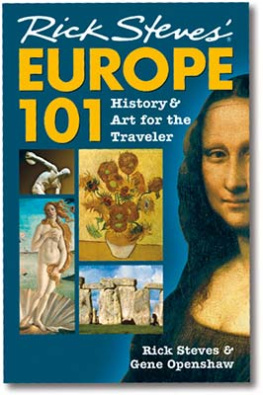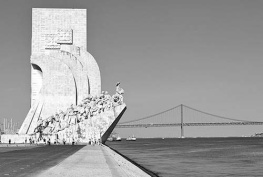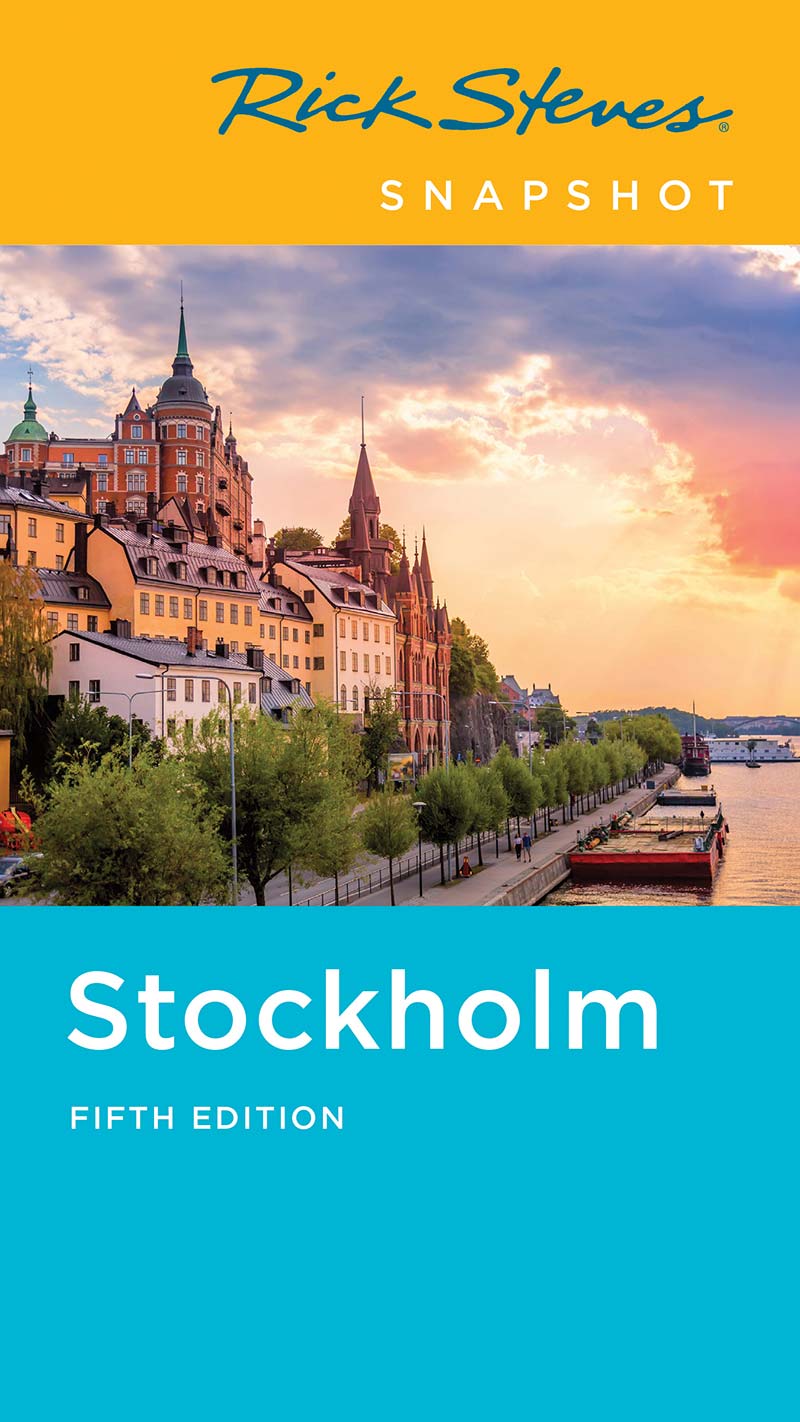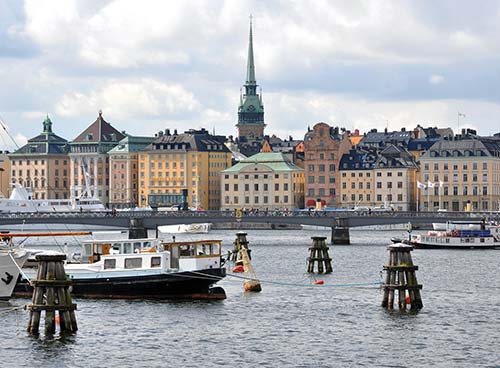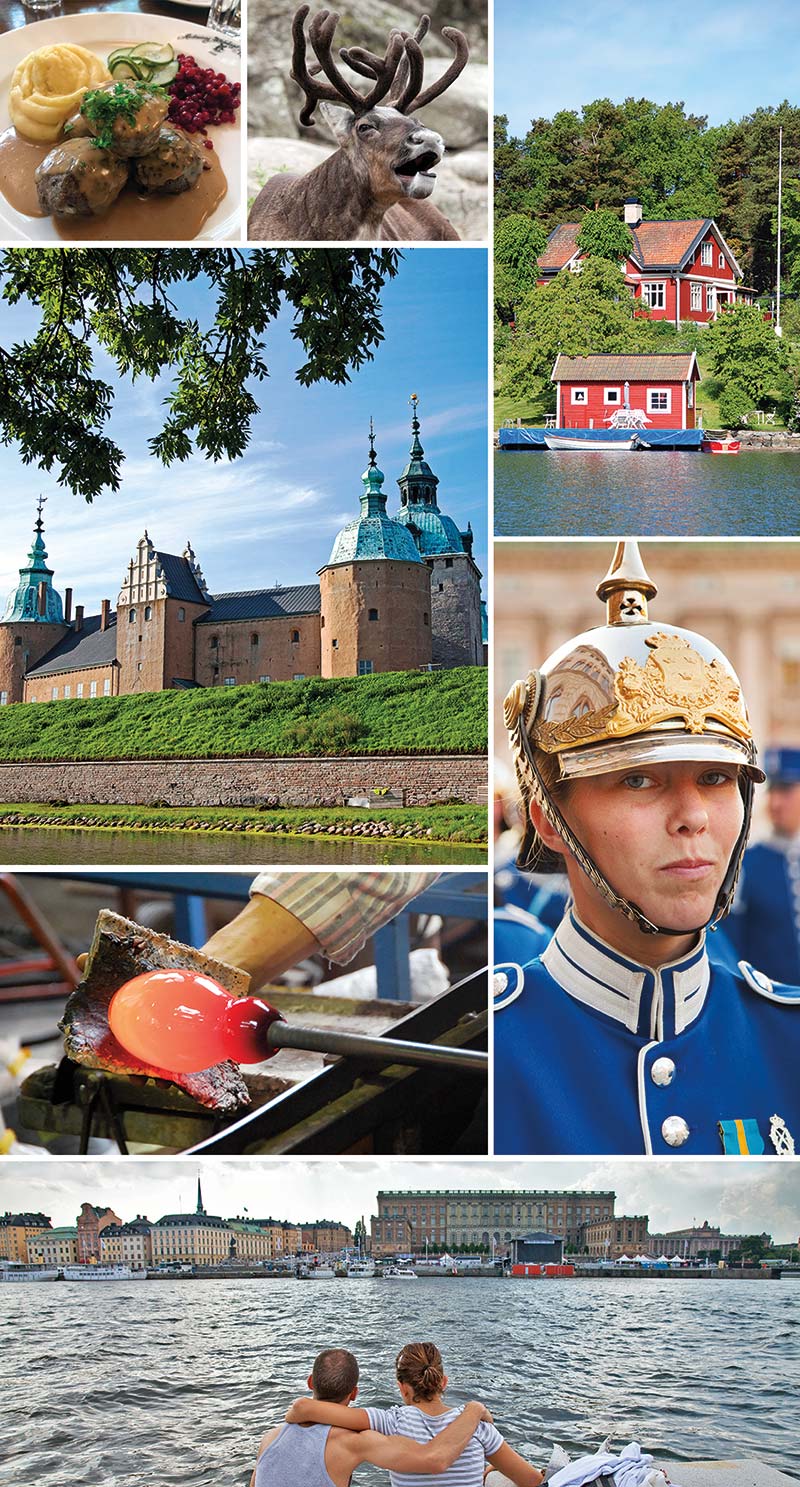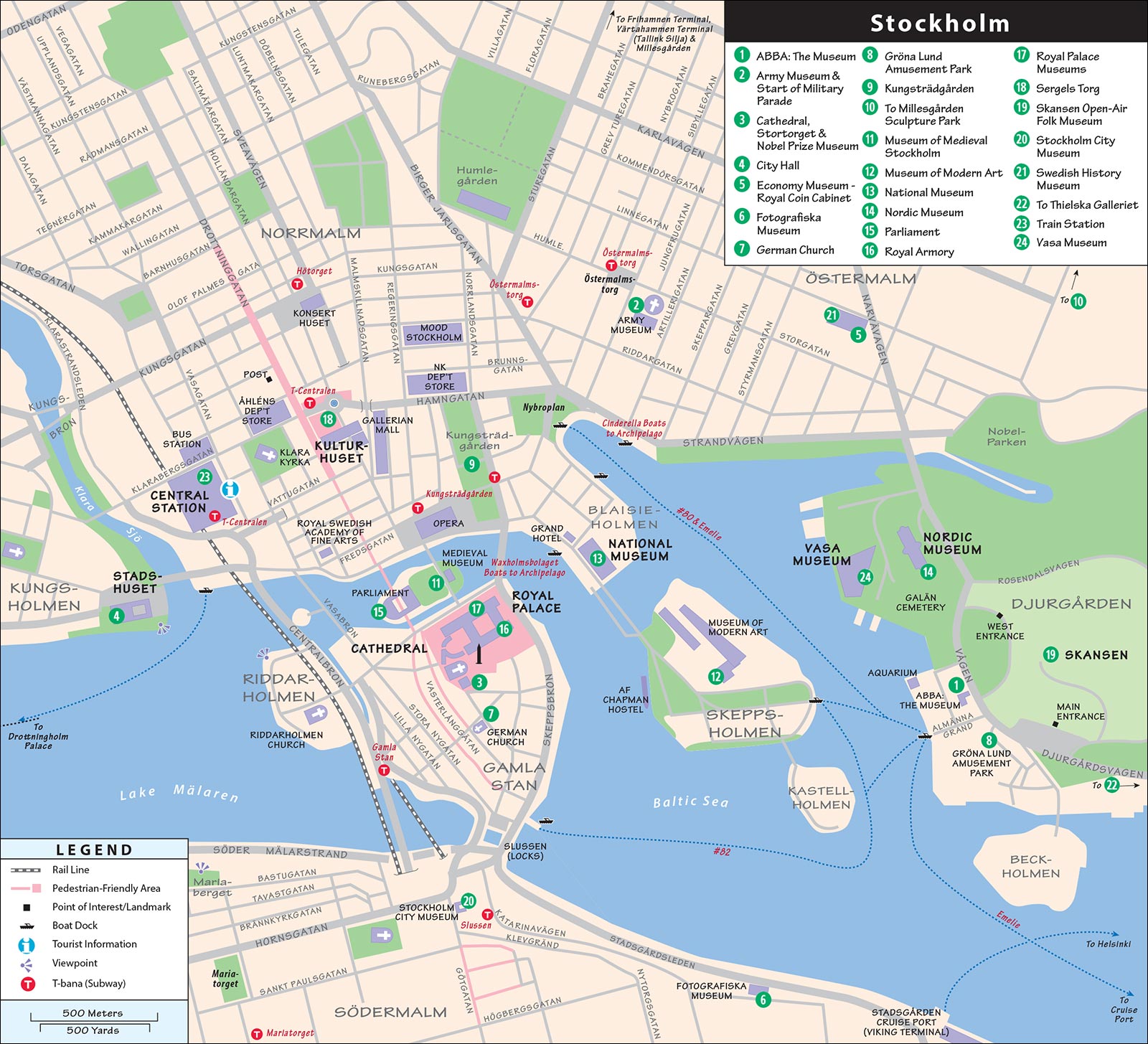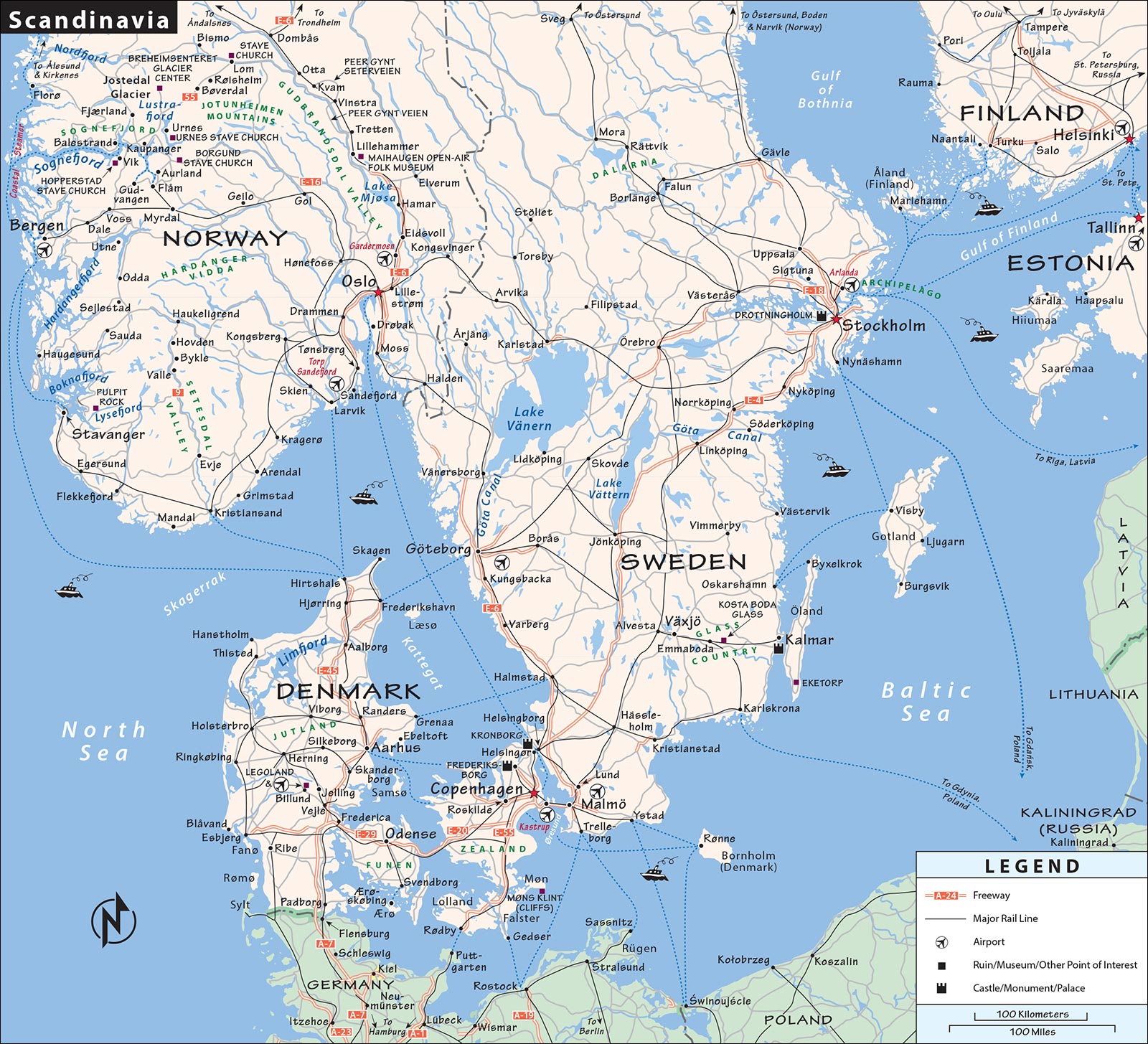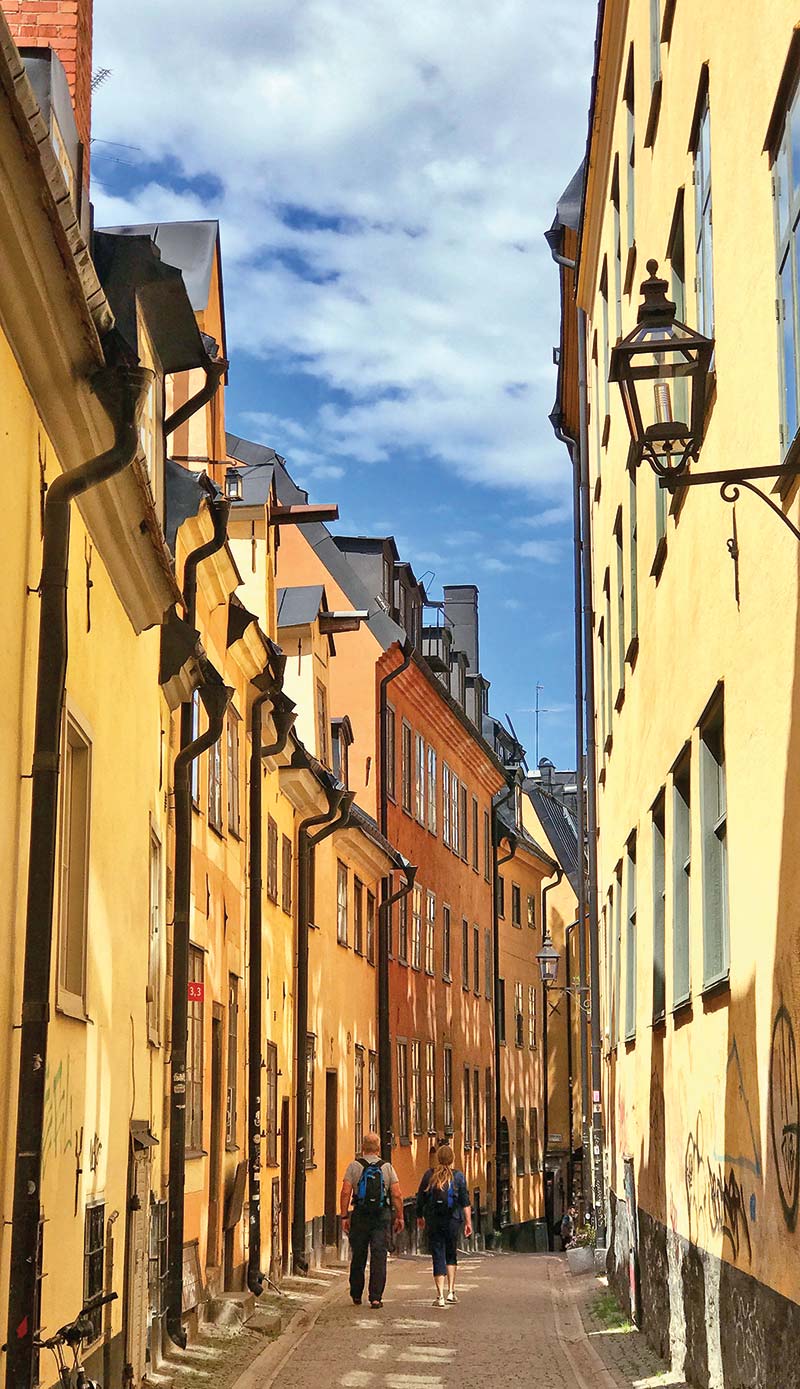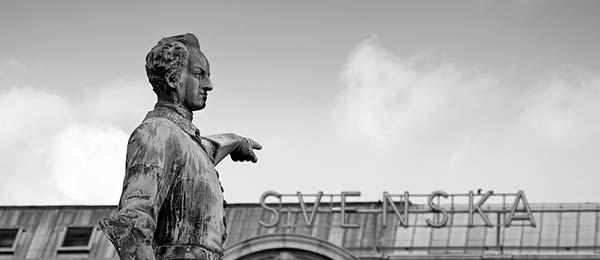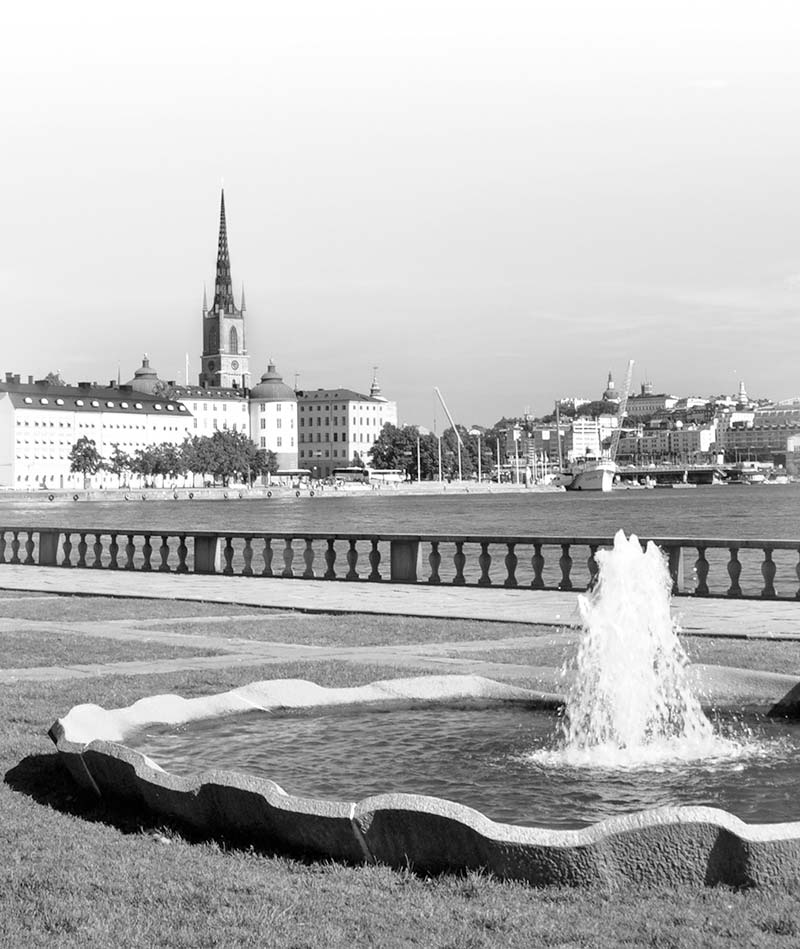Contents
Contents
Rick Steves
SNAPSHOT
Stockholm
This Snapshot guide, excerpted from my guidebook Rick Steves Scandinavia, introduces you to the bustling capital of SwedenStockholm. With its modern buildings and dedication to green living, Stockholm feels like a gleaming metropolis, yet offers a satisfying blend of Old World charm and 21st-century tech. Though industrious, the Swedes always make time for fikaa coffee break with pastrya habit youll quickly adopt.
Start at Stockholms core with a stroll through the Old Town, Gamla Stan. Then visit the Vasa Museum with its 17th-century warship, the Nordic Museum covering five centuries of Swedish lifestyles, the fan-pleasing ABBA Museum, and Europes originaland unsurpassedopen-air folk museum, Skansen. Indulge yourself in this citys aristocratic delights, such as the Changing of the Guard at the Royal Palace and the elaborate smrgsbord at the Grand Hotel.
From Stockholm, three inviting day trips beckon: Drottningholm Palace, the royal familys opulent summer getaway; the cute town of Sigtuna, with rune stones and 18th-century buildings; or Uppsala, a classic university town with a soaring cathedral, the Linnaeus Garden and Museum, and ancient burial mounds.
Or catch a boat and unwind among Swedens rocky garden of more than 30,000 islandsStockholms archipelago. Here in Stockholms playground, you can count the pretty red cottages, go for a lazy stroll or bike ride, relax on a sandy beach, and even stay overnight.
With more time, consider a visit to sleepy Southeast Sweden, where pleasant Vxj has fine museums on Swedish emigration and glass making. Livelier Kalmar boasts a massive 12th-century castle and the nearby island of land, with sandy beaches and Iron Age monoliths. And between the two towns lies Swedens renowned Glass Country, dotted with glassblowing hot shops.
To help you have the best trip possible, Ive included the following topics in this book:
Planning Your Time, with advice on how to make the most of your limited time
Orientation, including tourist information (abbreviated as TI), tips on public transportation, local tour options, and helpful hints
Sights, and strategies for meaningful and efficient visits
Sleeping and Eating, with good-value recommendations in every price range
Connections, with tips on trains, buses, boats, and driving
Practicalities, near the end of this book, has information on money, staying connected, hotel reservations, transportation, and other helpful hints.
To travel smartly, read this little book in its entirety before you go. Its my hope that this guide will make your trip more meaningful and rewarding. Traveling like a temporary local, youll get the absolute most out of every mile, minute, and dollar.
Ha en bra resa! Have a good trip!
Scandinavias heartland, Sweden is far bigger than Denmark and far flatter than Norway. This family-friendly land is home to Ikea, Volvo, ABBA, and long summer vacations at red-painted, white-trimmed summer cottages. Its capital, Stockholm, is Scandinavias grandest city.
Sweden is committed to its peoples safety and security, and proud of its success in creating a society with one of the lowest poverty rates in the world. Yet Sweden has thrown in its lot with the European Union, and locals debate whether to open their economy even further.
While its still the capital of blond, Sweden is now also home to a large immigrant population. Foreign-born and first-generation immigrantsprimarily from Finland, Syria, and Iraqmake up about 20 percent of the population. Sweden is also home to about 30,000 indigenous Sami people.
Sweden used to be a Lutheran state, with the Church of Sweden as its official religion. But in the year 2000, the church and state officially separated, and Sweden no longer has a state church. Although the culture is nominally Lutheran, few people attend services regularly. While church is handy for Christmas, Easter, marriages, and burials, most Swedes are more likely to find religion in nature, such as hiking in the vast forests or fishing in one of the thousands of lakes or rivers.

Sweden is almost 80 percent wilderness, and modern legislation incorporates an ancient right of public access called allemansrtten, which guarantees that anyone can move freely through Swedens natural scenery without asking landowners for permission, as long as they behave responsibly. In summer, Swedes take advantage of the long days and warm evenings for festivals such as Midsummer (in late June) and crayfish parties (krftskiva) in August and September. Many Swedes have a summer cottageor know someone who doeswhere they spend countless hours swimming, soaking up the sun, and devouring boxes of juicy strawberries.
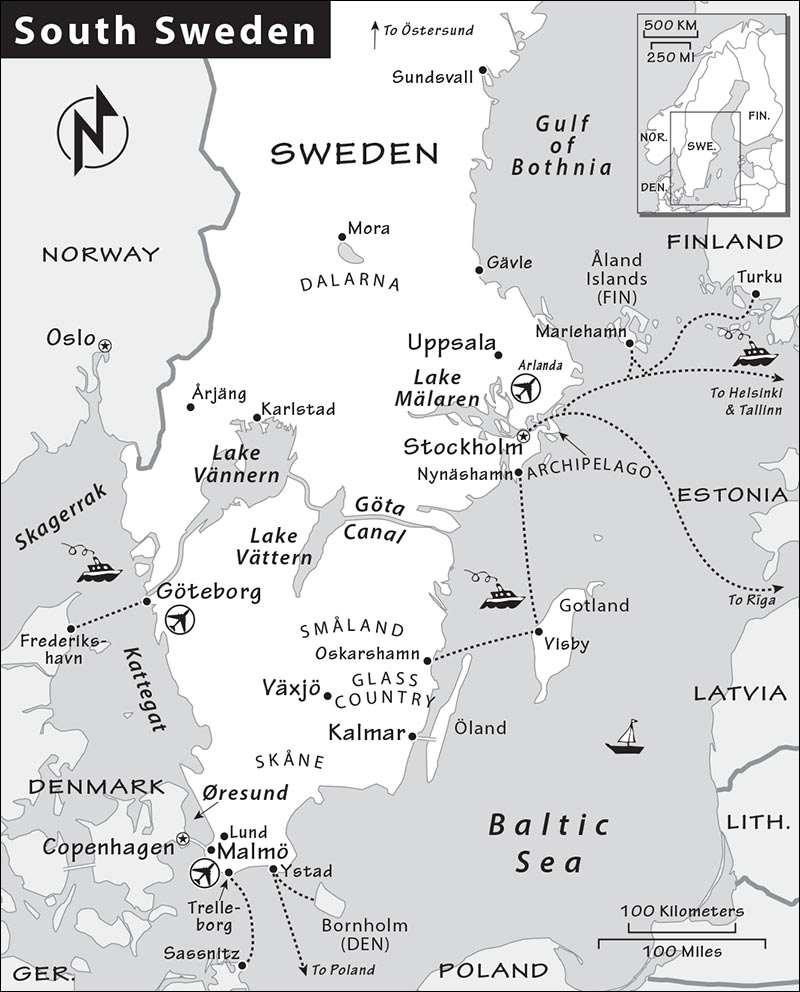
While Denmark and Norway look westward to Britain and the Atlantic, Sweden has always faced east, across the Baltic Sea. As Vikings, Norwegians went west to Iceland, Greenland, and America; Danes headed south to England, France, and the Mediterranean; and Swedes went east into Russia. (The word Russia has Viking roots.) In the early Middle Ages, Swedes founded the Russian cities of Nizhny Novgorod and Kiev, and even served as royal guards in Constantinople (modern-day Istanbul). During the later Middle Ages, German settlers and traders strongly influenced Swedens culture and language. By the 17th century, Sweden was a major European power, with one of the largest naval fleets in Europe and an empire extending around the Baltic, including Finland, Estonia, Latvia, and parts of Poland, Russia, and Germany. But by the early 19th century, Swedens war-weary empire had shrunk. The countrys current borders date from 1809.


